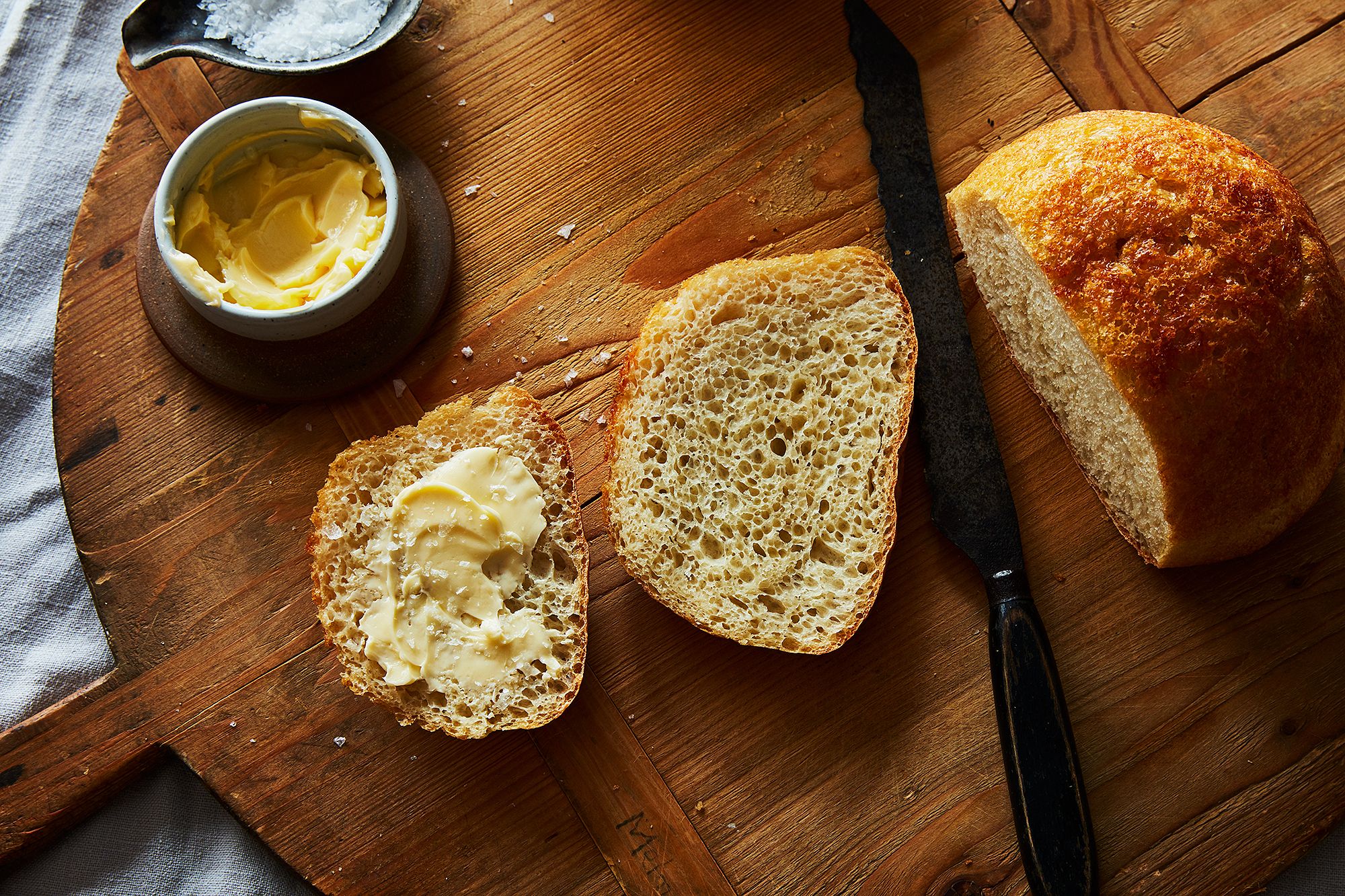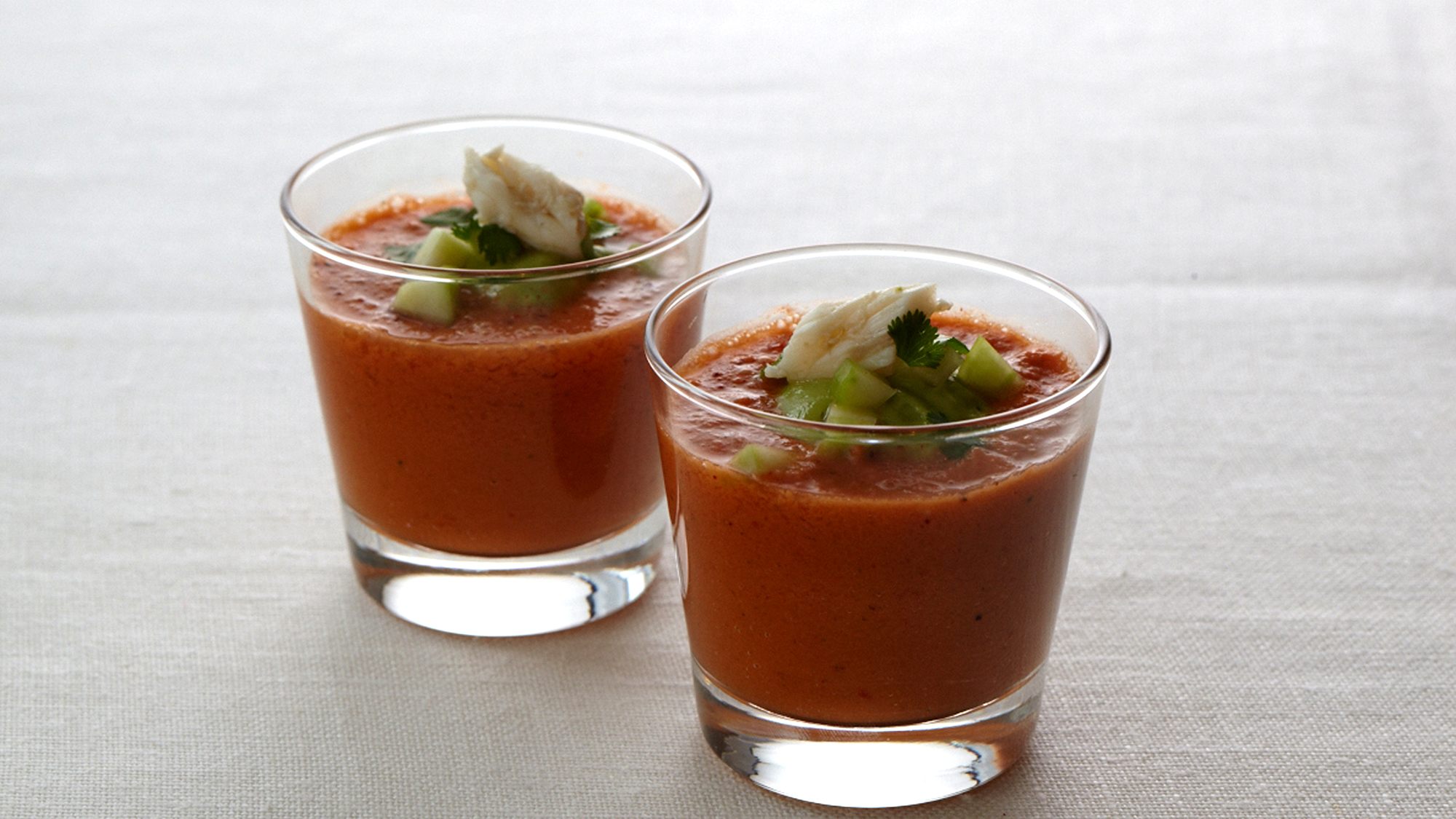You've mastered the menu. But what about the presentation? Read on for some helpful tips on how to make sure your meal looks as good as it tastes.
Some things never change. In regard to setting the table, those would be the following: You need something to eat on, something to eat with, something to drink from, and a napkin to wipe it off with. Flowers are always a good idea. Bread on the left, drinks on the right (to remember the latter, simply make an "A-Ok sign" with both hands (your left hand forms a "b" and your right hand forms a "d").
After that, the rules get a bit fuzzy, which means there is a lot of room to experiment and create an environment that feels uniquely you. (Isn¹t that refreshing?) Here are some ideas to spark ideas:
1. Use your cupboards like a dress-up box. Put out place settings, trays, and bowls that stick to a particular material (brass, silver, ceramic) or color scheme so you can mix and match without worrying about clashing. Slip modern finds in with grandma's cut glass. It's okay—nay, chic!—if you use a hodgepodge of old silver.
2. You really don't need all those forks, knives, and spoons—only set out what your guests will actually need for the evening, thereby cutting out clutter.
3. Similarly, for the serving dishes use items you have and don't worry about the utensils you don't have: Long salad tongs can also serve up spaghetti or slices of turkey with roasted vegetables. If you don't have ice cream bowls, use Champagne coups or tea cups (tea cups, it should be noted, also make excellent soup bowls, and their saucers nice salad plates if you're stacking courses.)
4. Keep part of the table minimal. Cloth napkins on a bare table say both chic and casual—and on the other end of the spectrum, plates placed directly on your fanciest tablecloth say laid-back elegant. And if formal is indeed what you're after, do the traditional but with a twist: On place cards, for instance, use people's nicknames, your (public) terms of endearment for them, or something that describes them in lieu of actual names.
5. Forgo the formal flowers. A vase of tightly-packed peonies or anemones has classic charm. Meanwhile, peculiar plants-balls of succulents, purple mini pineapples, or small cacti in lacquered or vintage pots‹are conversation starters. Blooms arranged au natural—even a little wild and looking as if they had come from the field rather than the supermarket—can be an alluring punctuation to a set of fine china.
And if you don't have the right vase, think outside it: Grab empty perfume bottles, graphically-interesting soup cans, water glasses, or salad bowls.
This article was written by Jen Ford from Food52 and was legally licensed through the NewsCred publisher network.








